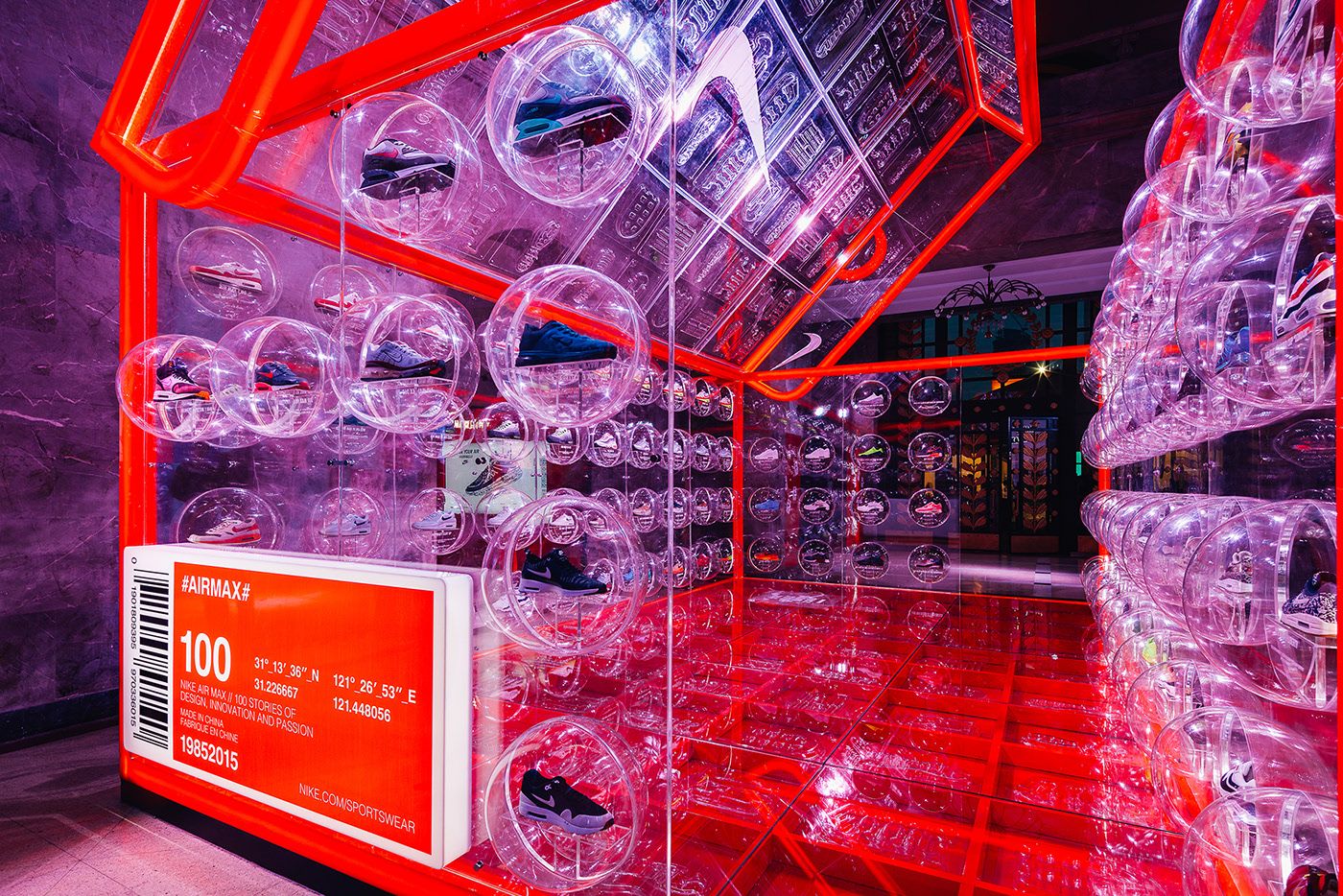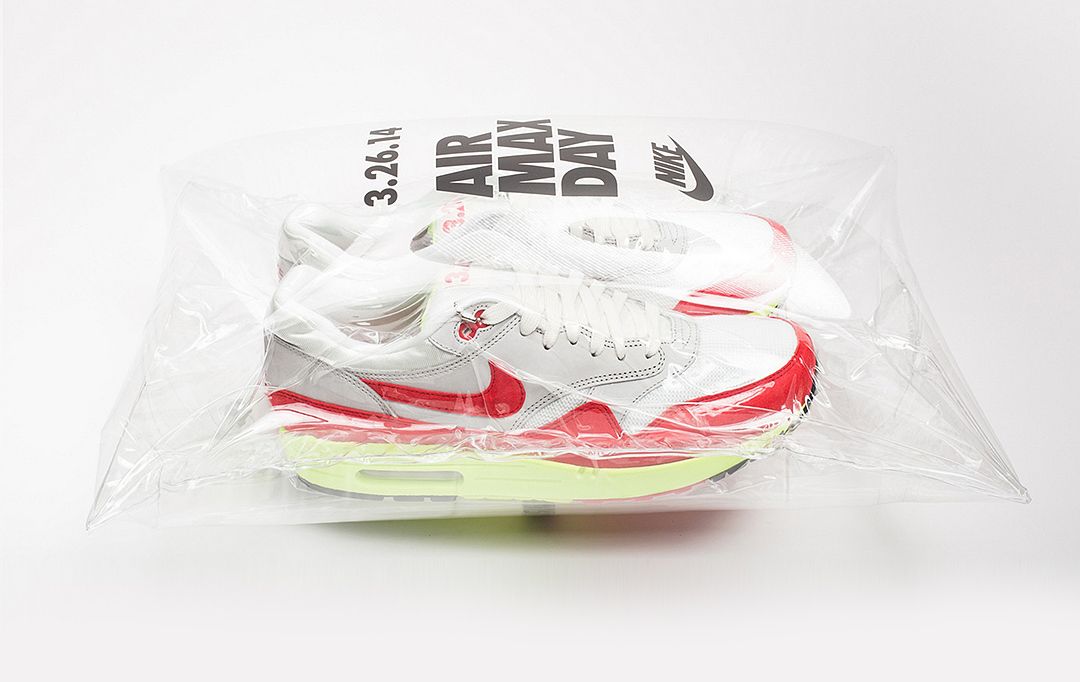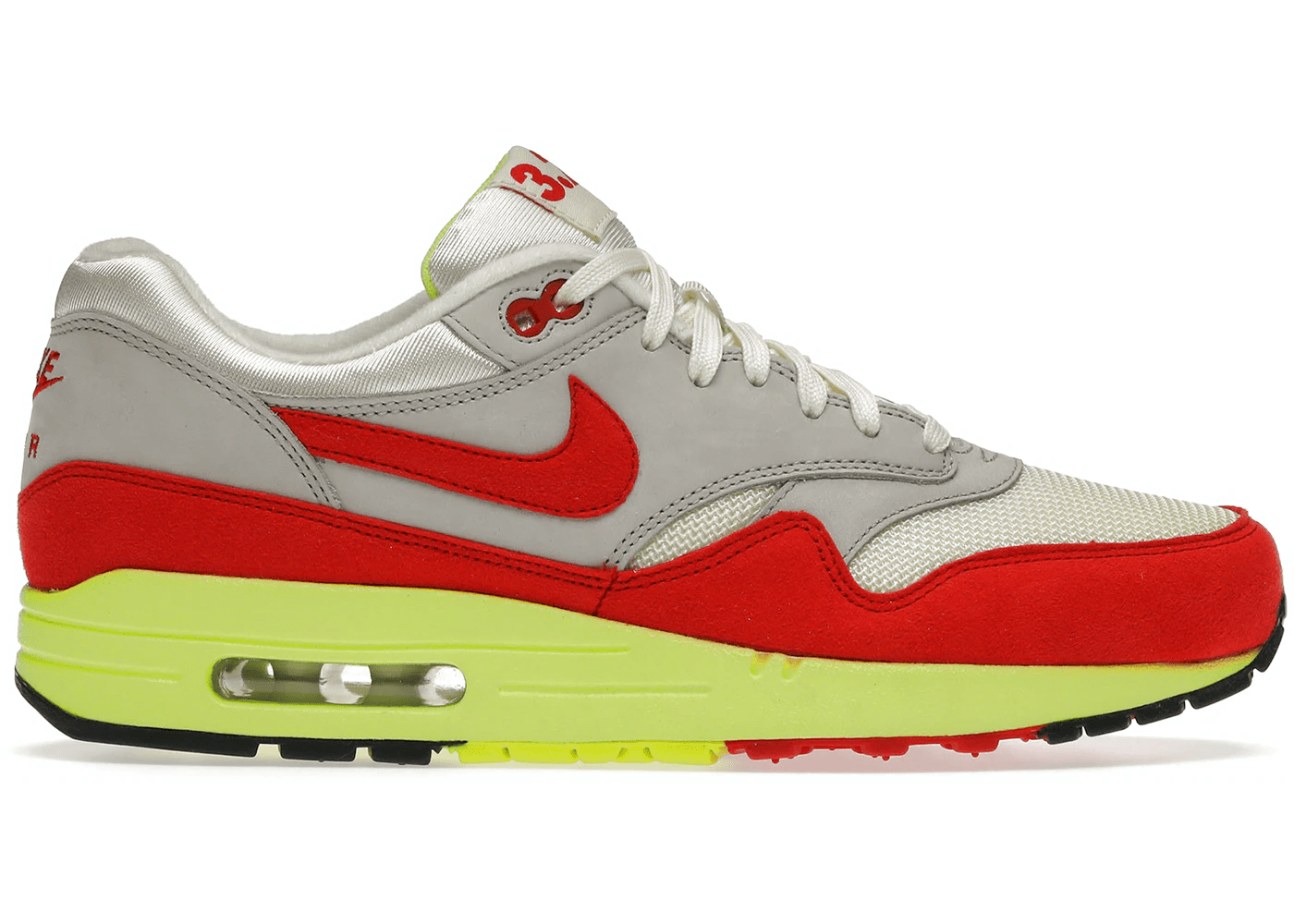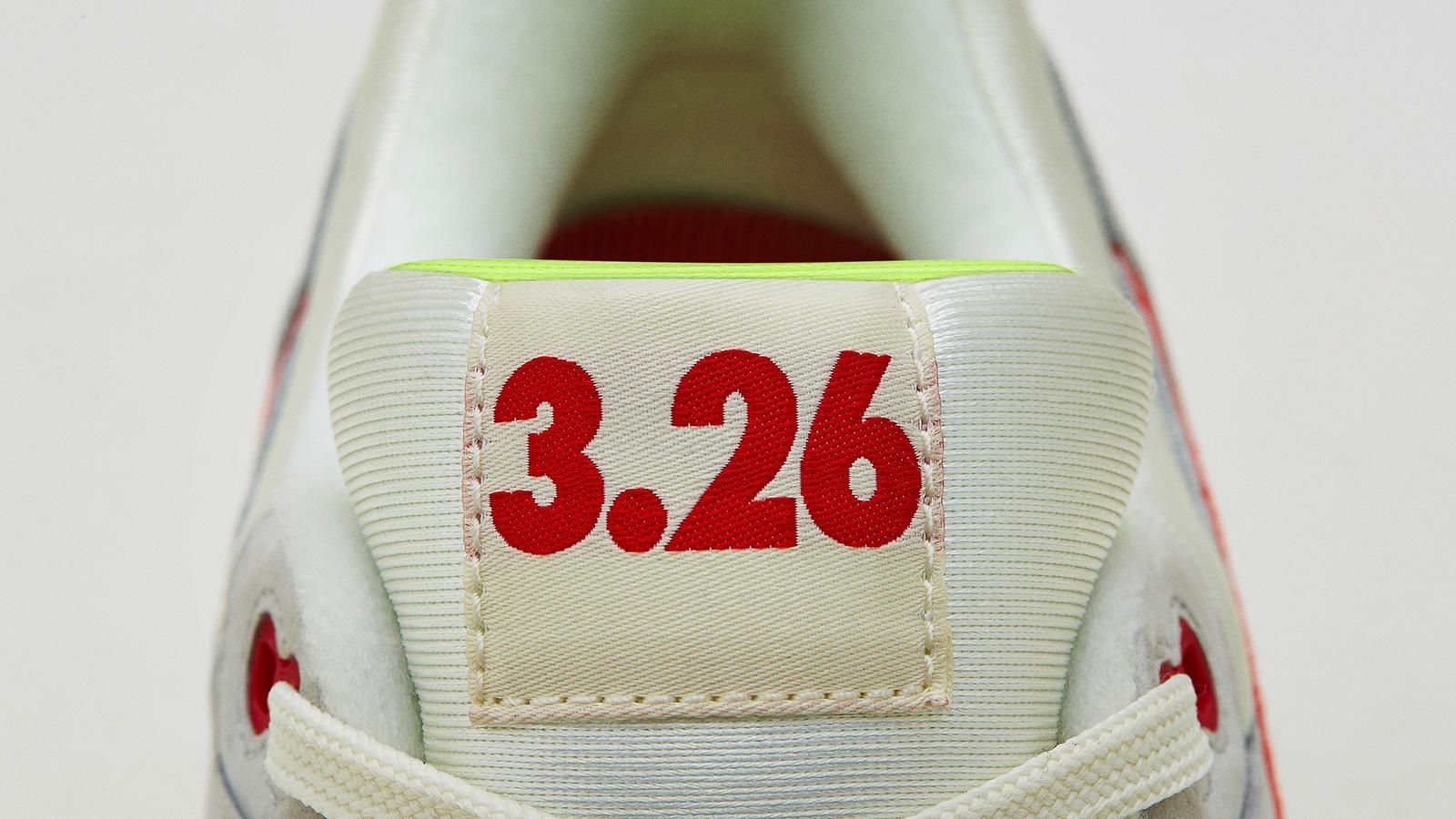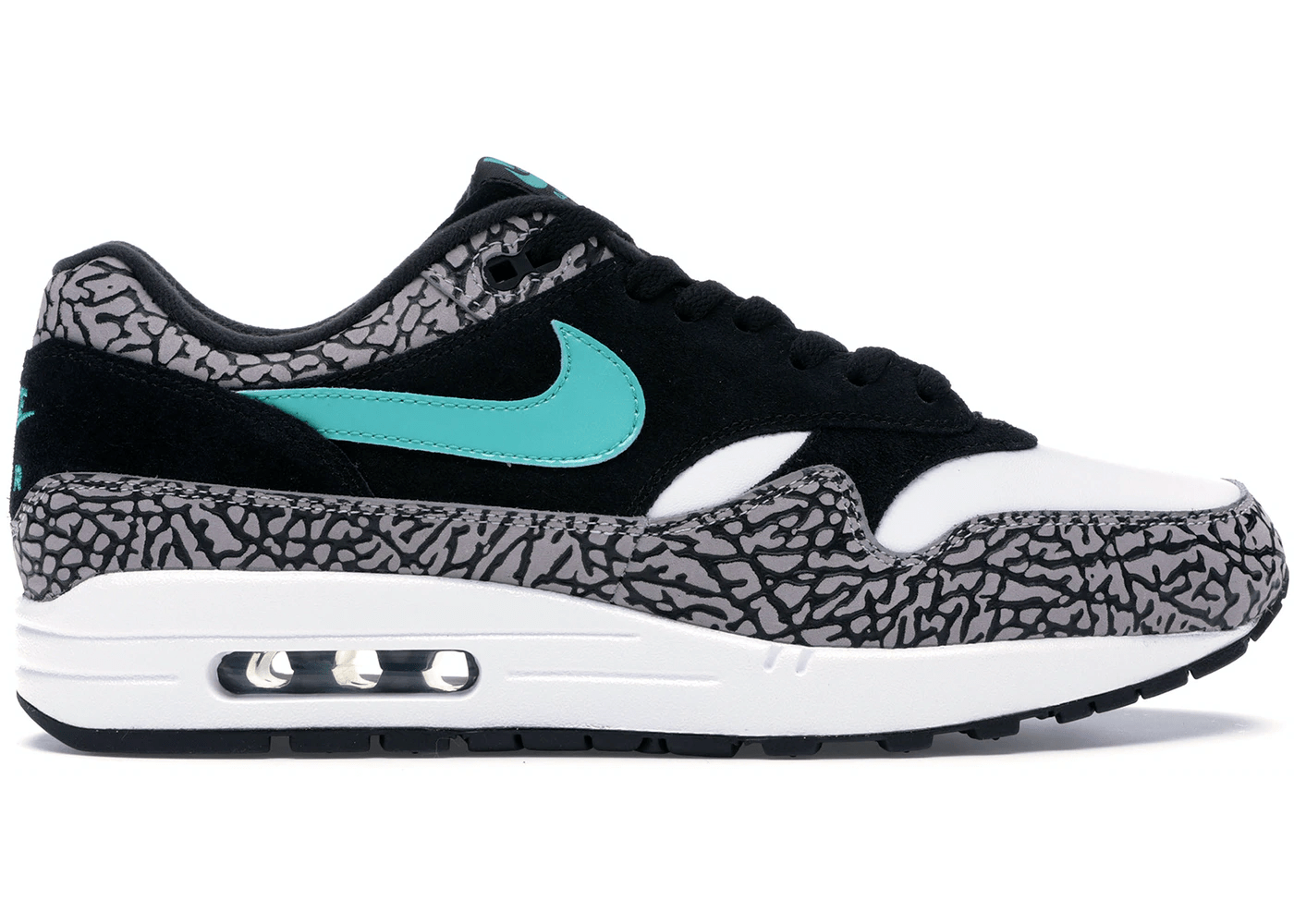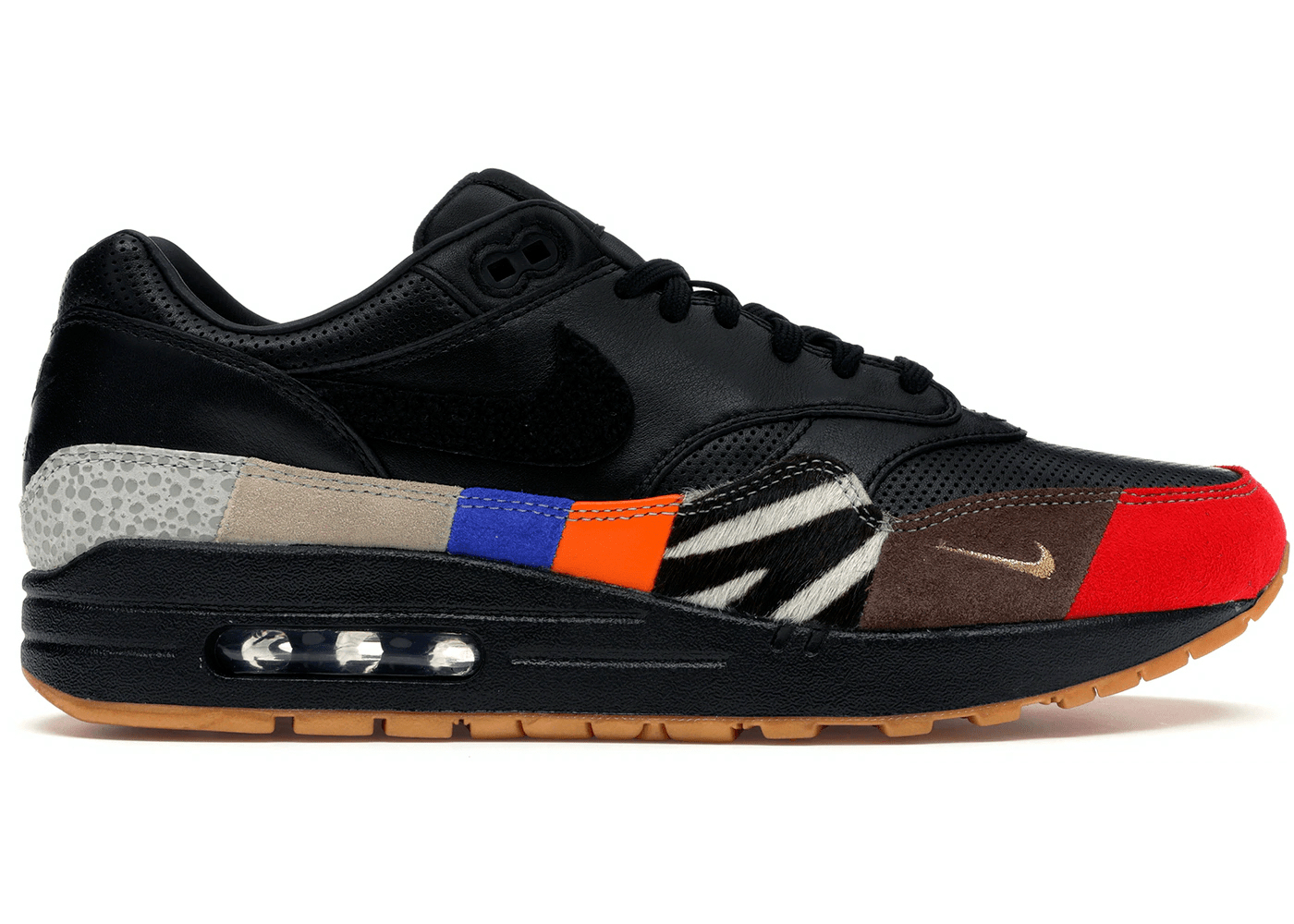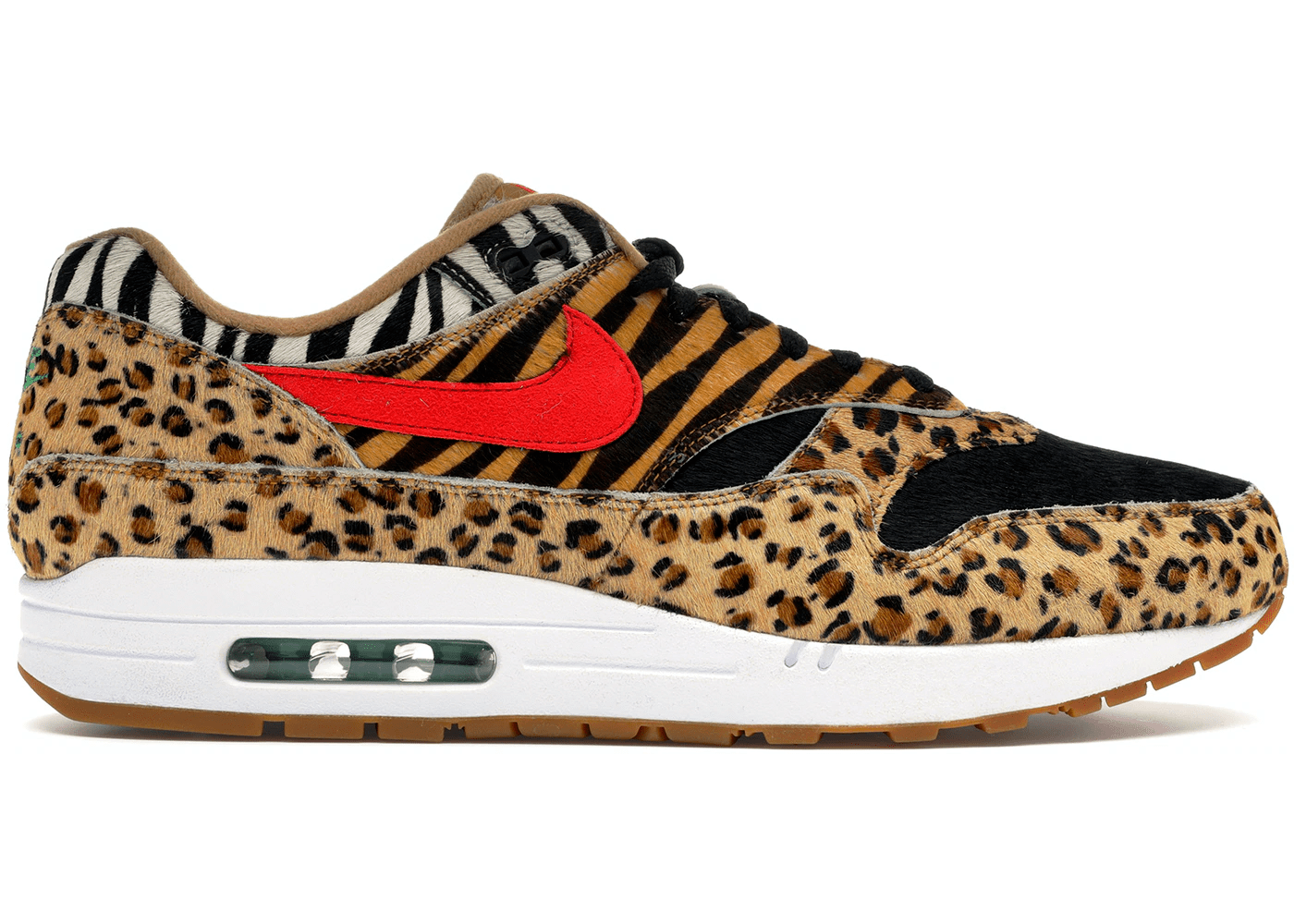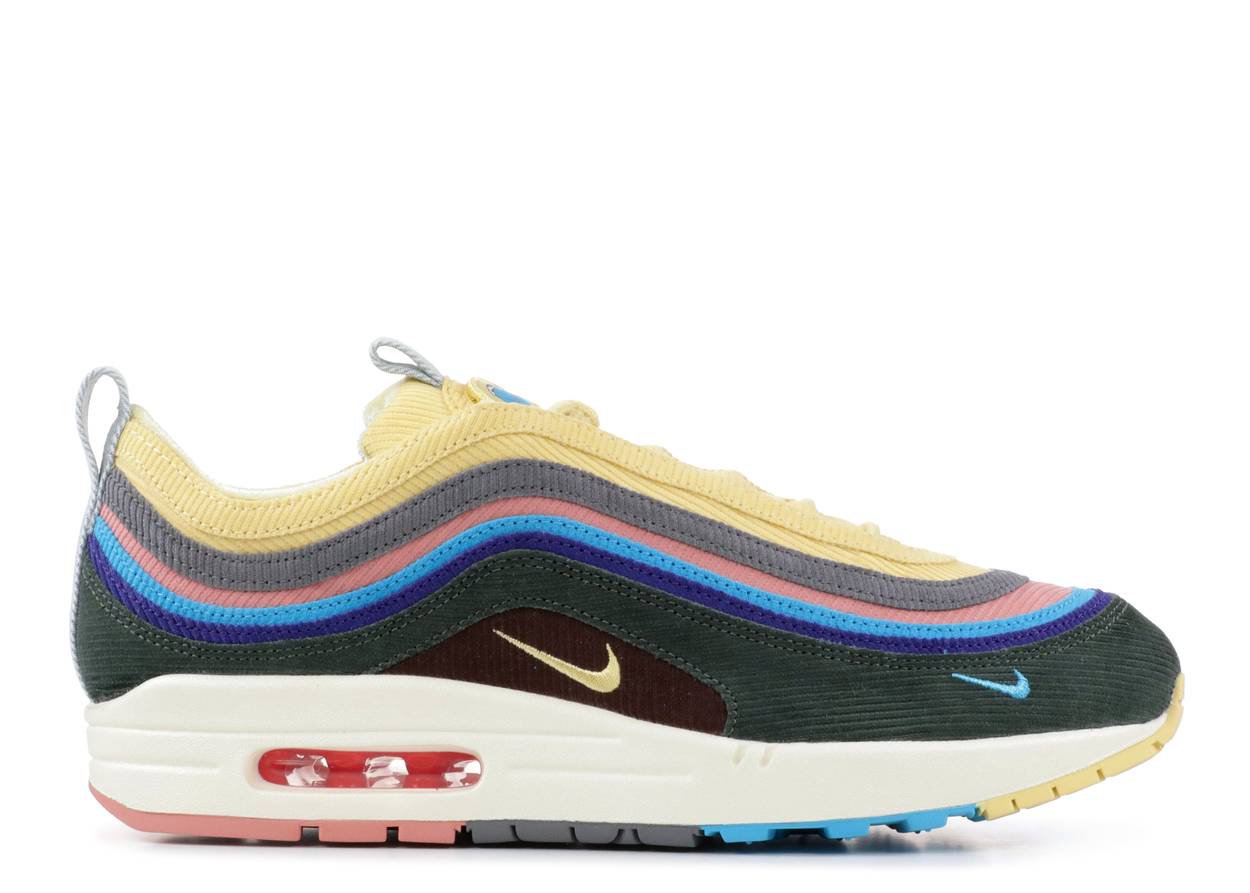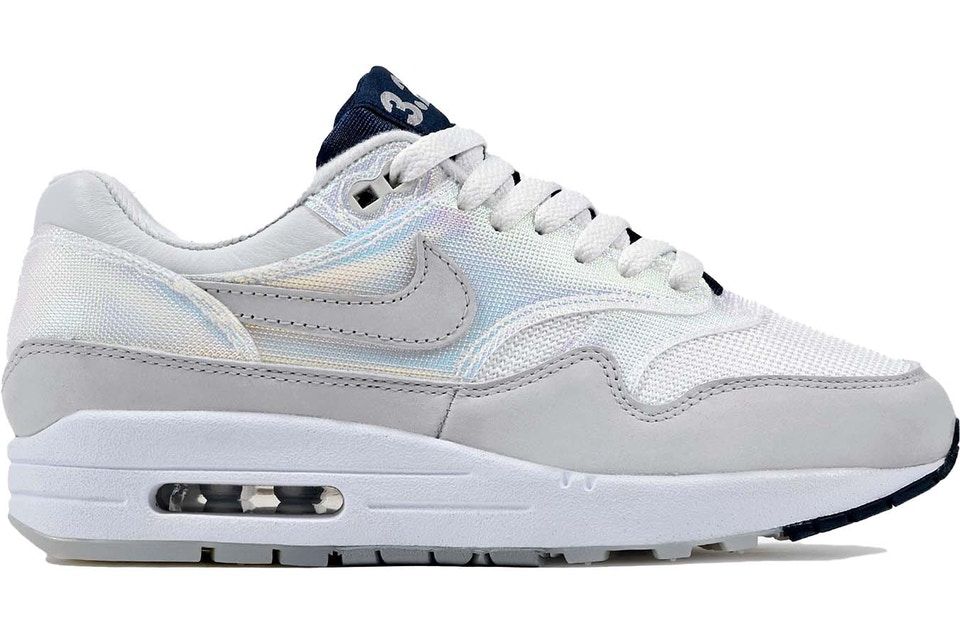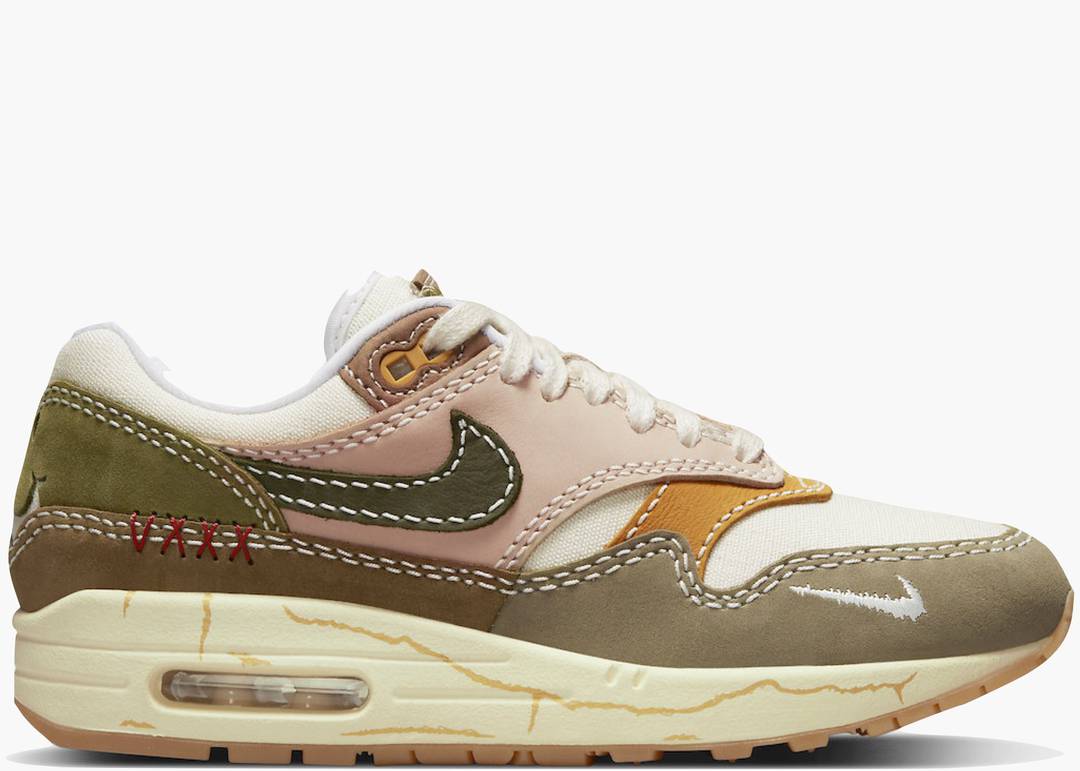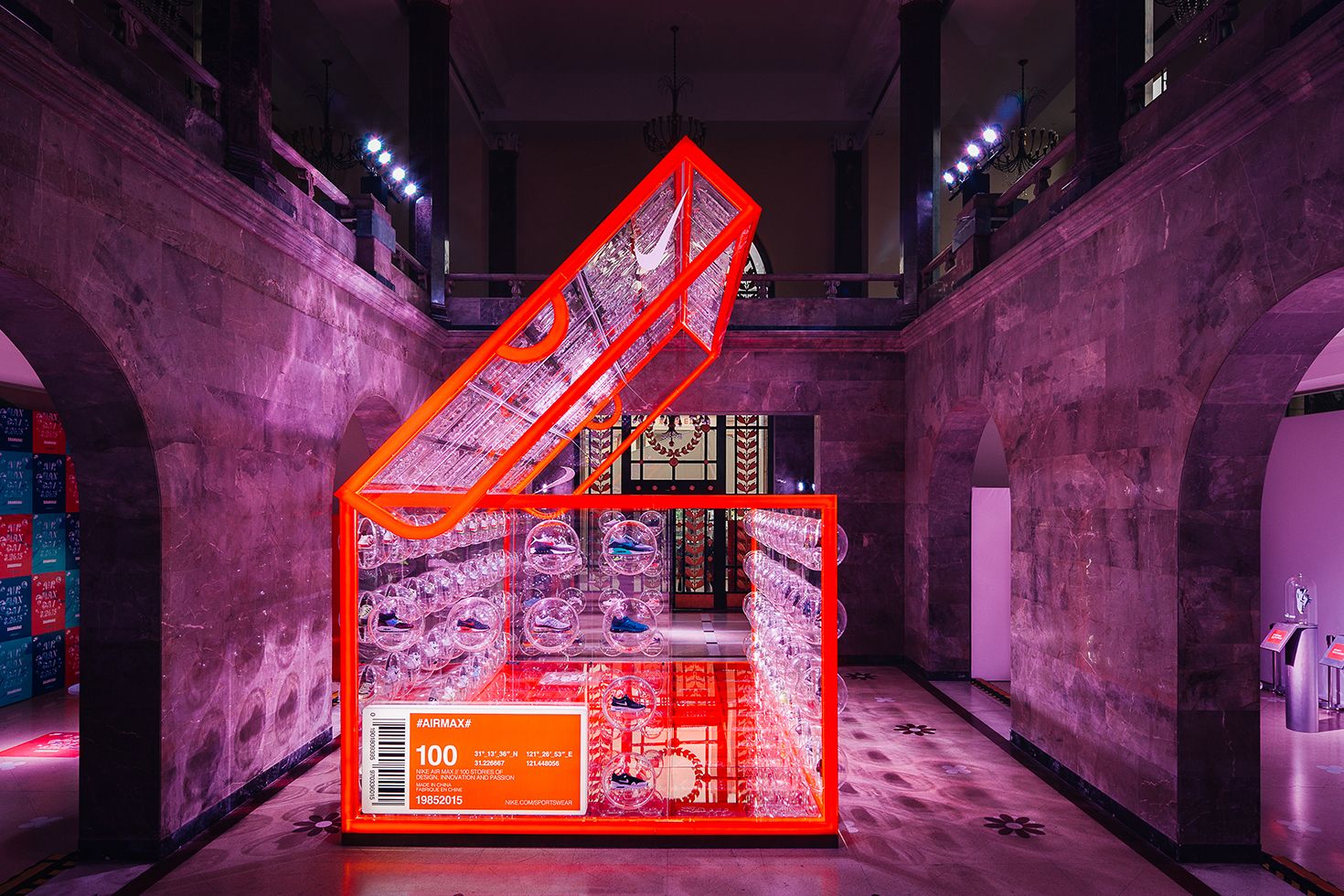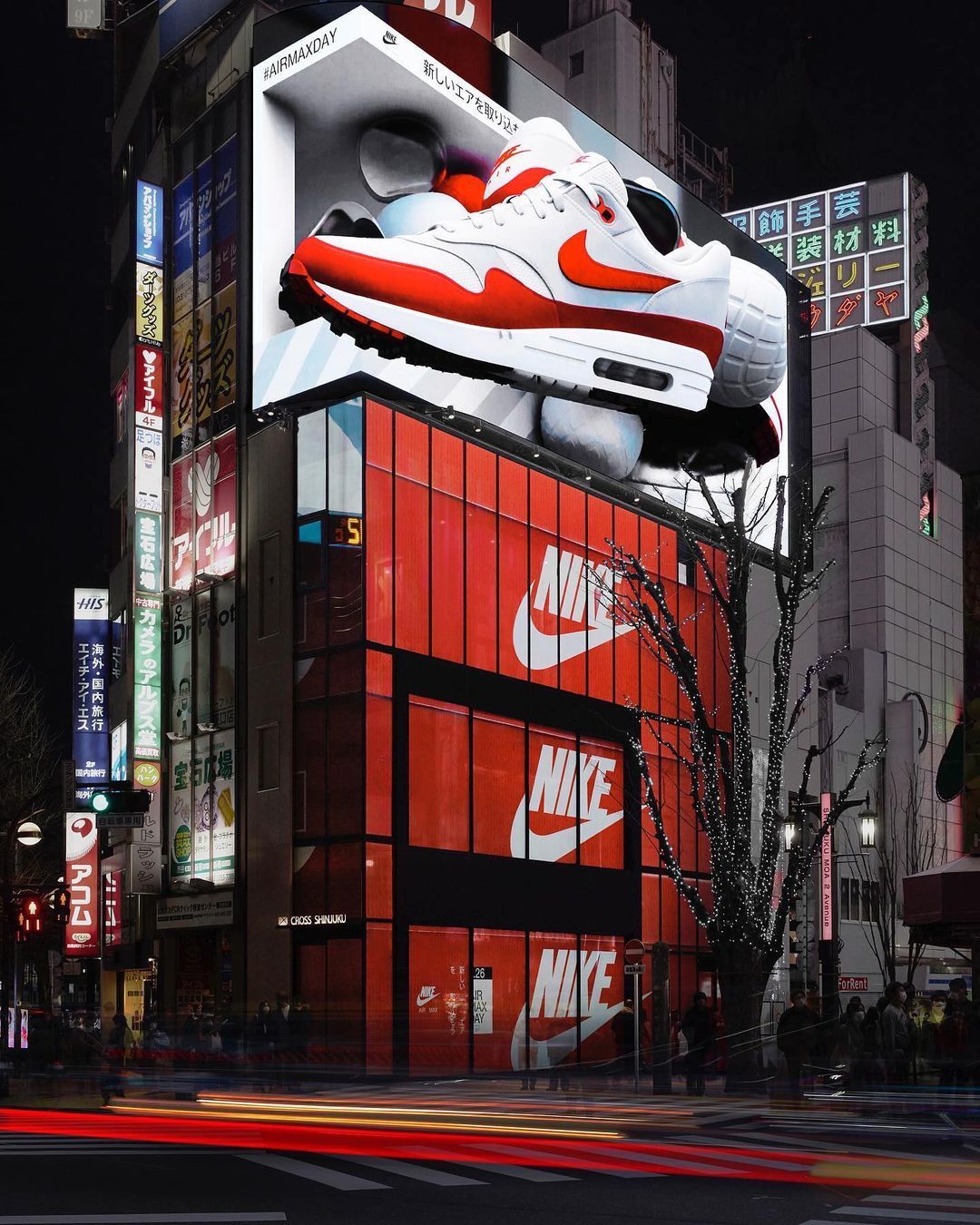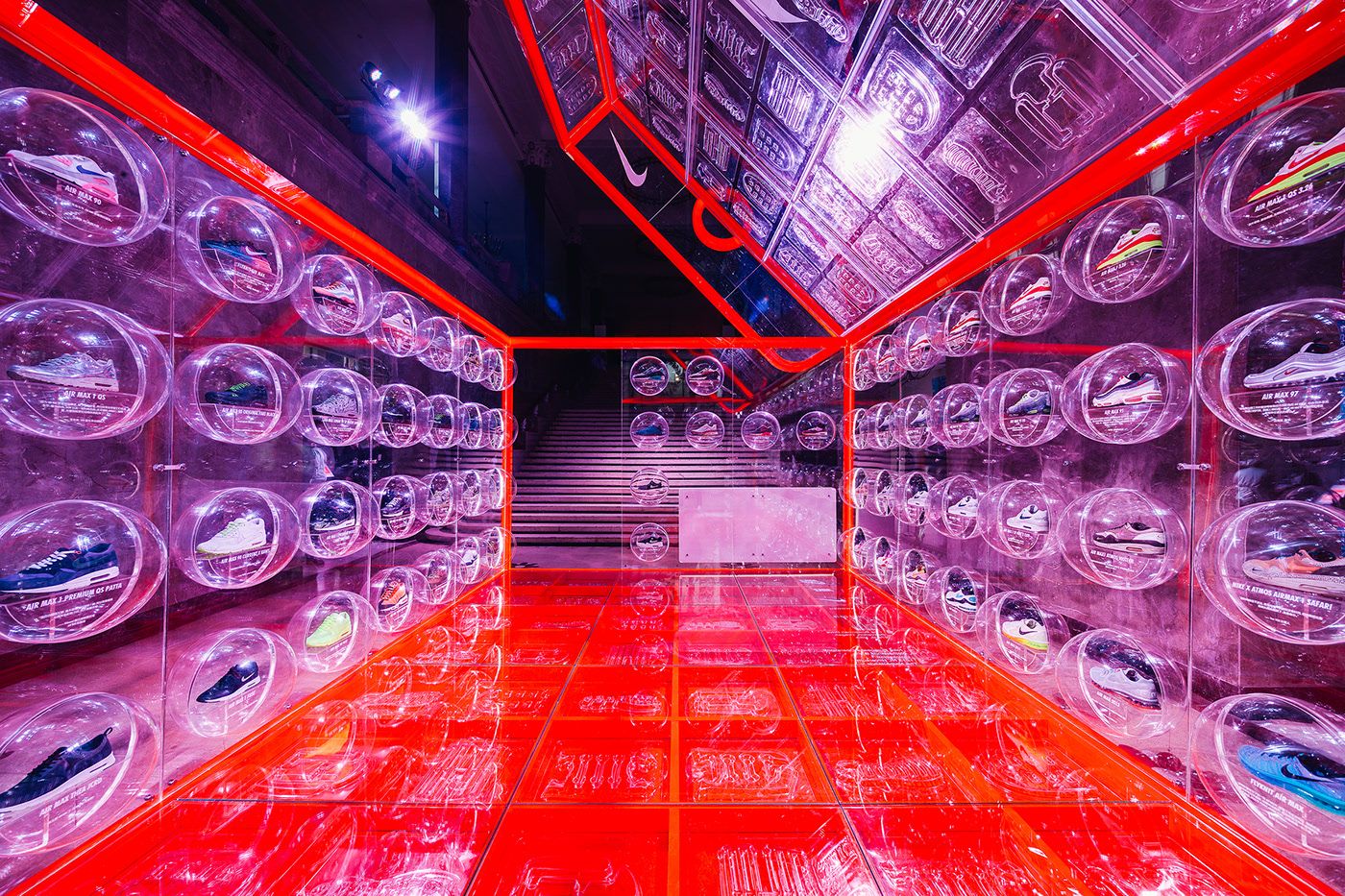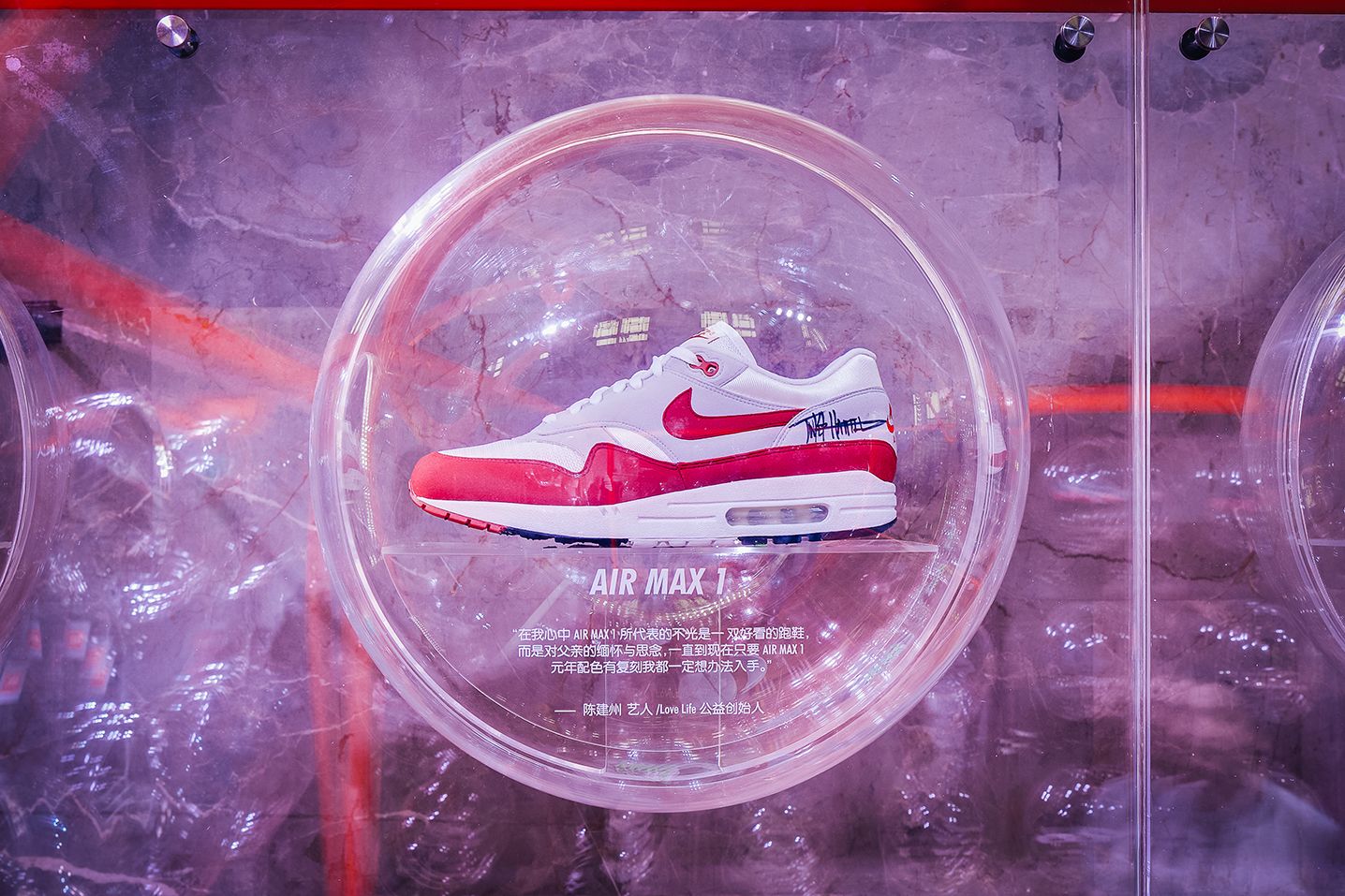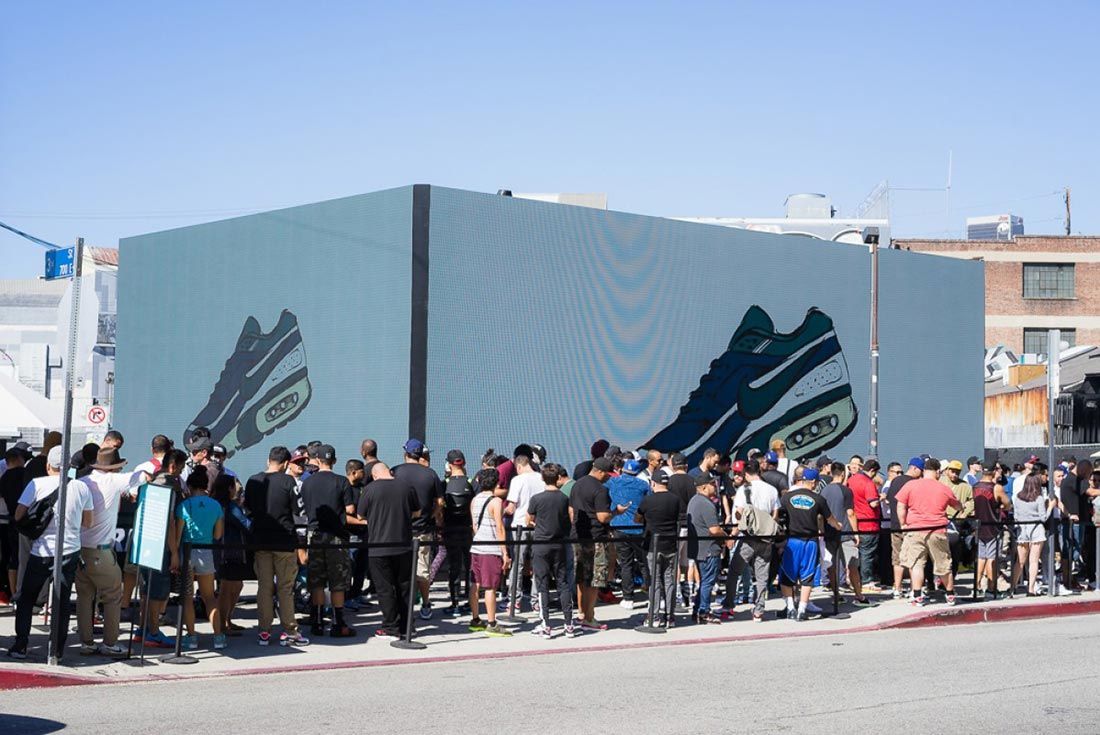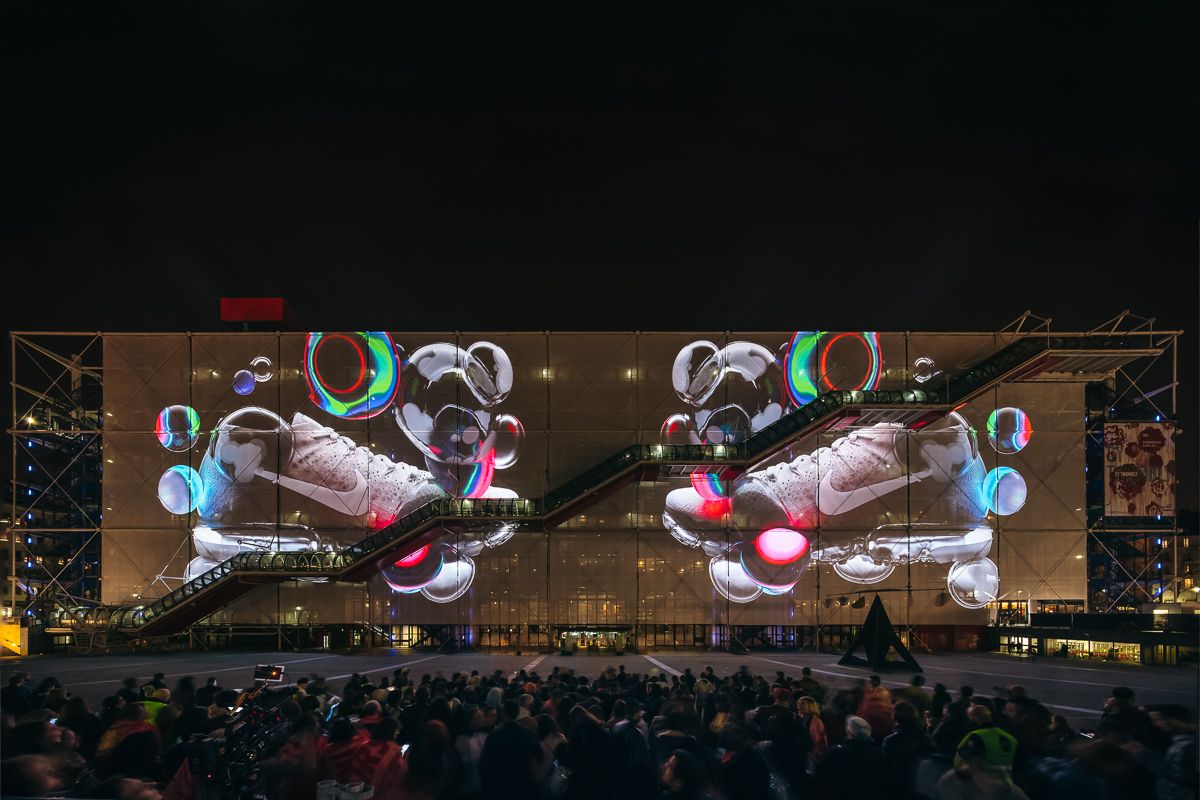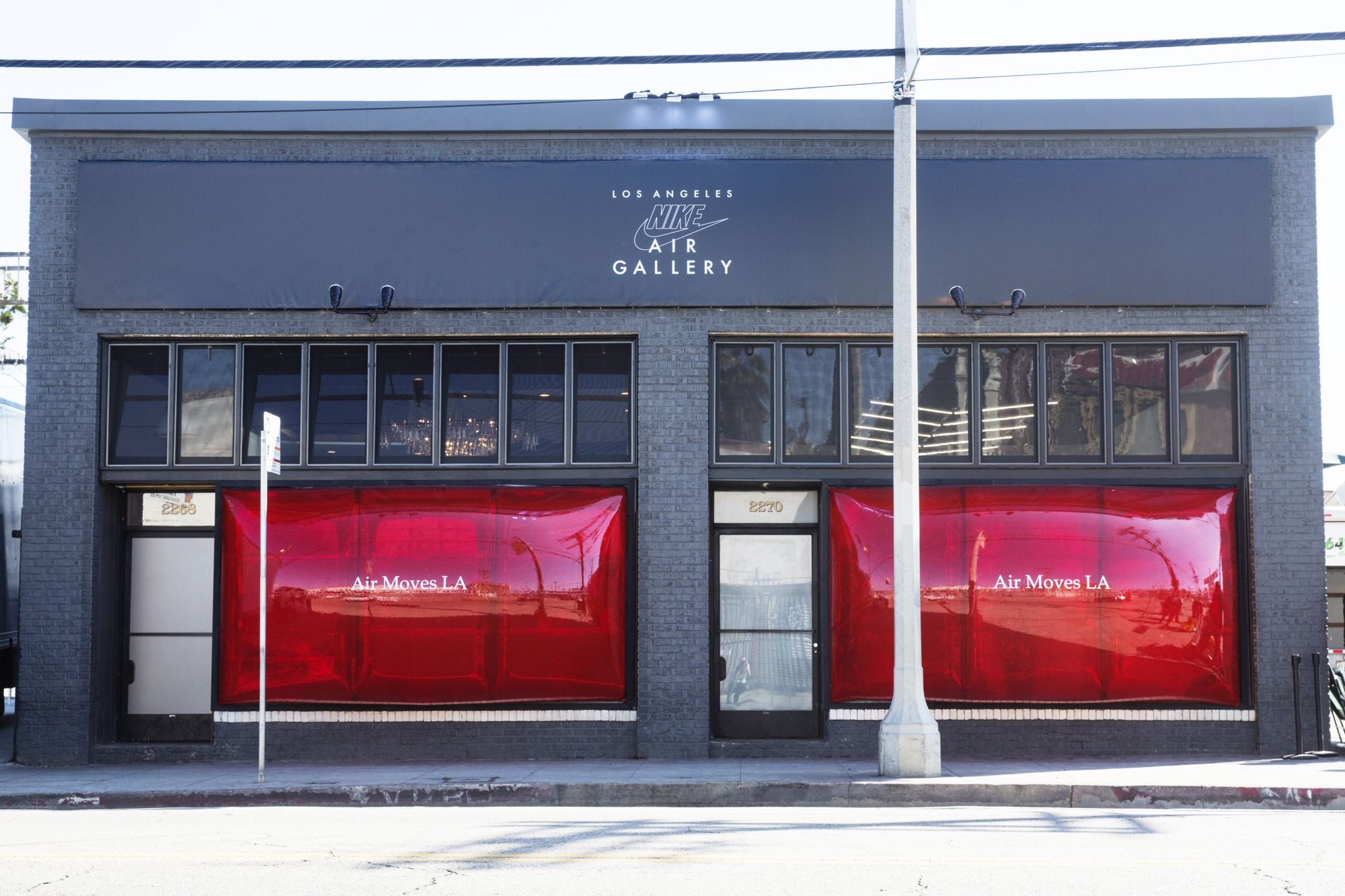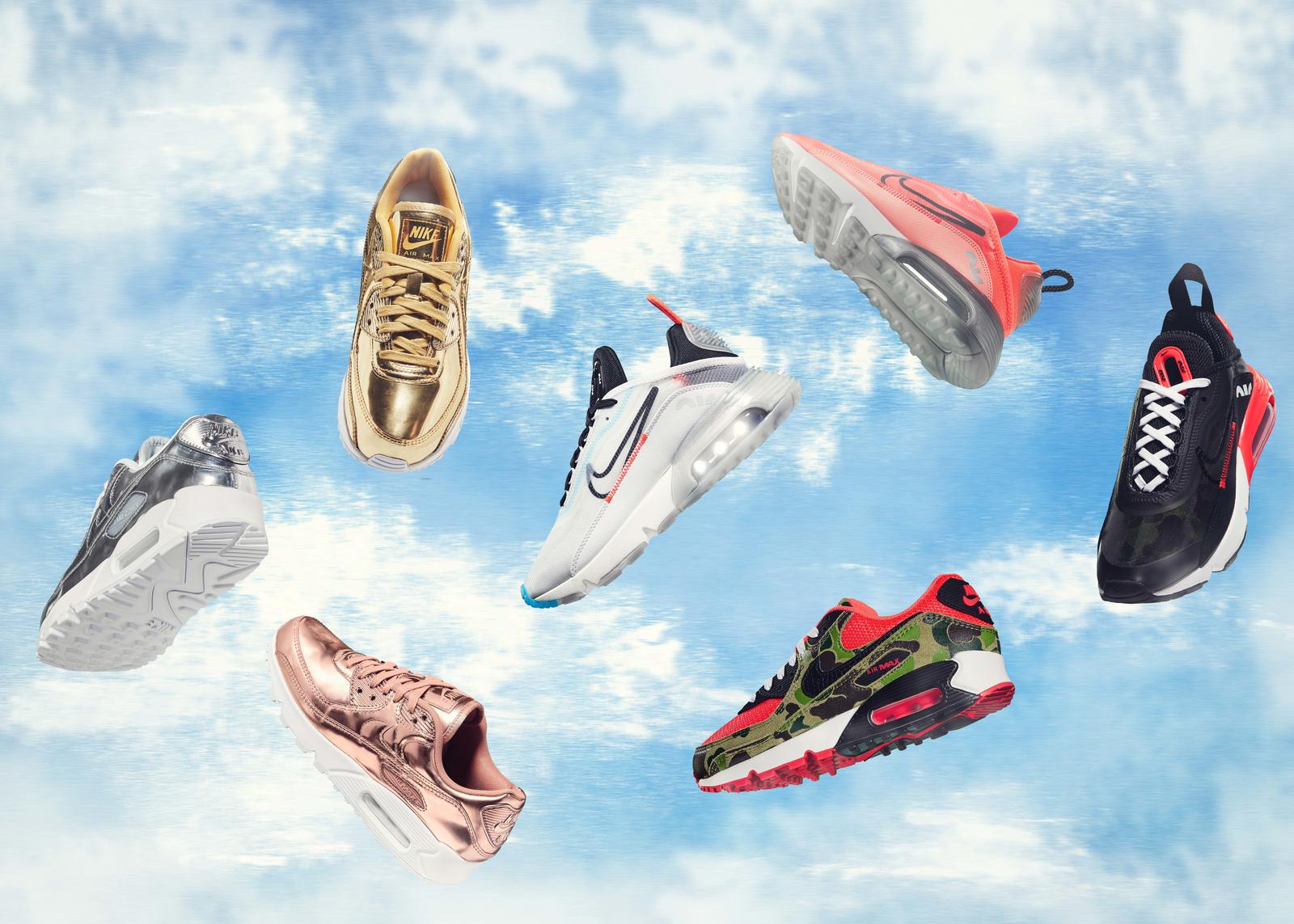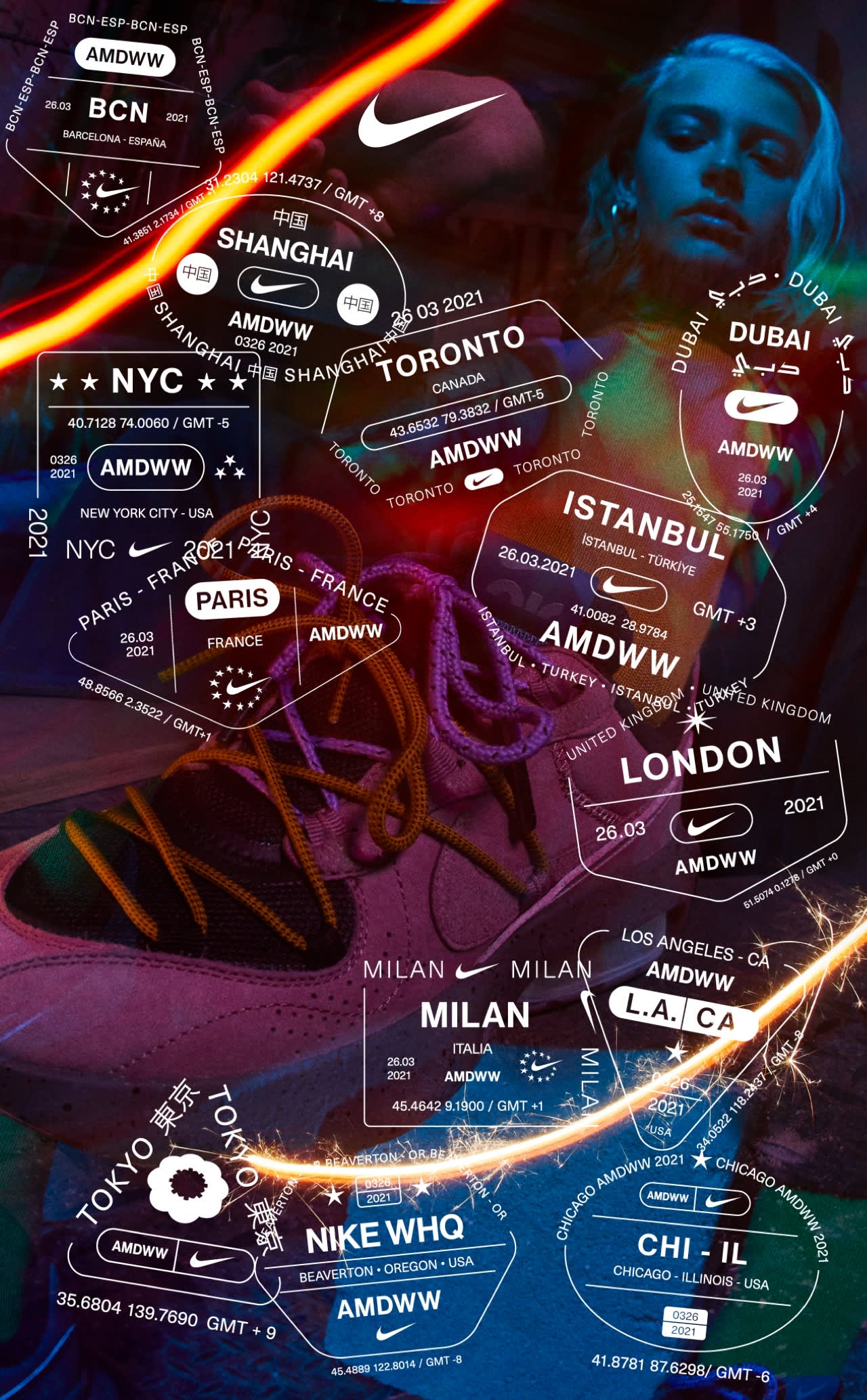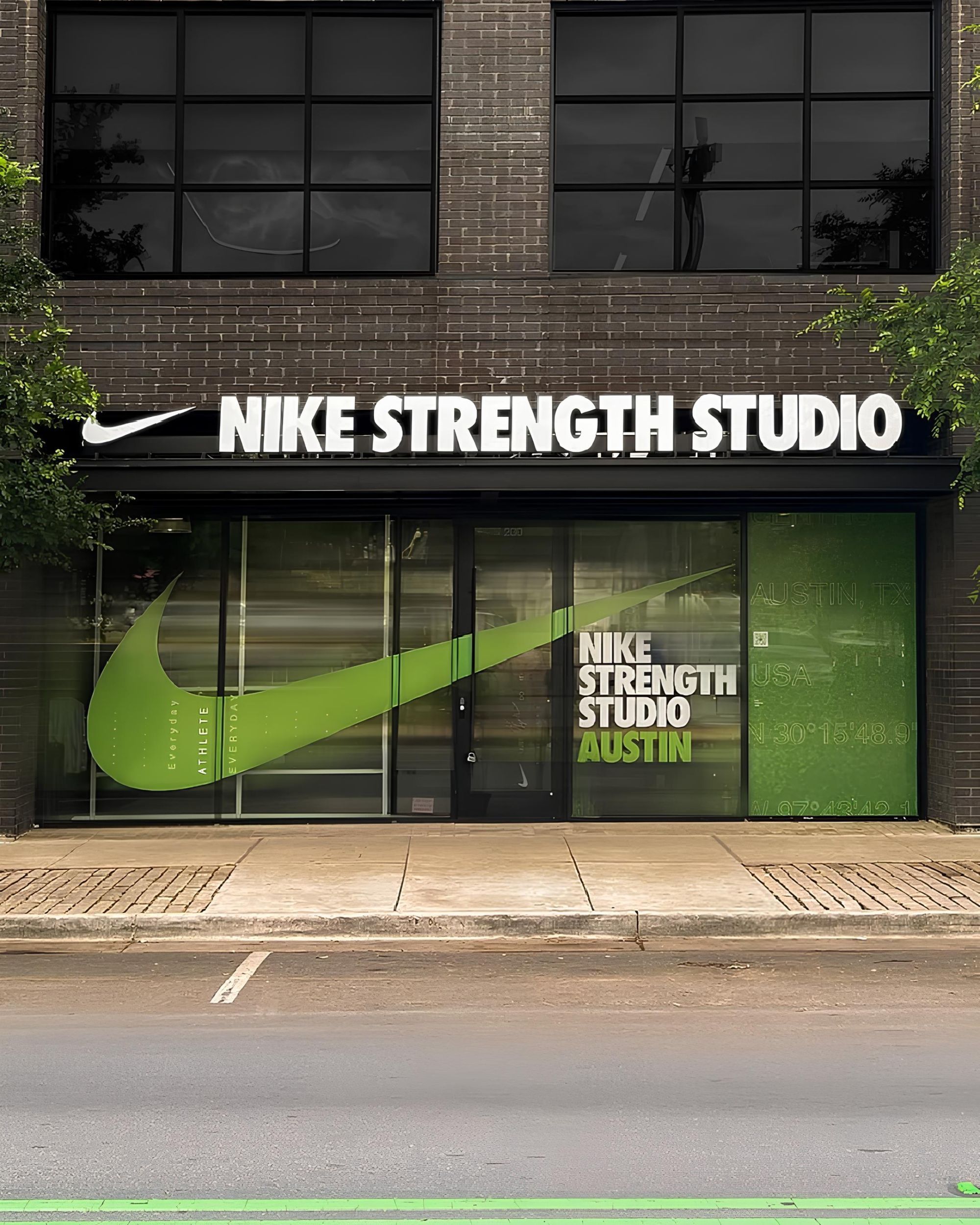
Does Air Max Day still have the same importance it once did? More importantly, how should Nike relaunch it
For over 30 years, the Air Max line has been the cornerstone of the entire Nike offering, a phenomenon which led Nike to rethink its marketing strategy and conceive the ultimate blend of ingredients that could have tied together OG Air Max enthusiasts of the line along with the new generation of aficionados. As a result, in the last 8 years, every March 26, the Beaverton giant has committed to pay homage to the influence of this revolutionary line, brought to life in the brand’s heyday by the brilliant design persona of Tinker Hatfield and NASA engineer Marion Franklin Rudy.
It was immediately clear that the concept of the Air Max Day could have been a complete revolution in terms of brand communication, and proved once again Nike’s leadership in the industry. The first edition was officially revealed in 2014, and it had such an impact on the brand’s community that it soon became the most meaningful of the recurrences between the lines of Nike’s annual dreamy calendar. The experiment in community-based celebration generated a reach of over 200 million people on the brand’s social media platforms, a fact that amazed and synchronously motivated the marketing team to keep high the dedication to the cause.
That same year, to appropriately usher in the novelty, the Swoosh opted to release a remastered iteration of the original Nike Air Max 1 “University Red”, highlighting various key additions such as newly colored neon yellow midsoles and the numbers 3.26 printed on the tongue, making the sneaker a true blast. Dedicated pop-up spaces were raised in different metropolises, with the biggest feasts being celebrated in Nike’s capitals of Shanghai, NYC, LA, and London, encapsulating 27 years of Air Max culture in 24 hours of unceasing offline and online events that encouraged Nike fans around the world to go along with it, by boasting their passion into different environments. Shanghai in particular played a big role in the aforementioned run, hosting an enormous shoebox in the city’s flagship store that revealed all sorts of Air Max memorabilia and installations, creating an interactive and informative journey towards decades of Air Max heritage for the customer.
However, in the following years Air Max Day has gradually lost its charm, with most of the editions being less eye-catching than the original, in terms of surprises and designs, leading to a sudden fall of the engagement. The excitement topped the roof exclusively on rare occasions like the 2017 and 2018 editions, because it only felt right to appropriately celebrate the 30th Anniversary and the beginning of a new era for the line. Noteworthy Air Max Day releases included the release of Atmos ‘Elephant Print’ and ‘Master’ Air Max 1 in 2017, while in 2018 Sean Wotherspoon’s Air Max 1/97 hybrid and the re-release of the Atmos ‘Animal Pack’ Air Max 1, laid the ground for the subsequent years. Potentially groundbreaking releases like the 2016 HTM collaboration fell under the mat due to a fundamental lack of storytelling.
Now, we’re not here to state that it should be erased from Nike’s checklist, but it definitely needs a restyling. This year’s release strategy seems the right path to be pursued to keep the tradition alive, but yet most people think that Nike should listen more to what the consumers would love to see. Authentic shaped retros could definitely be an option, and focusing on releasing them exclusively on Air Max Day instead of doing it on a random day of the year would be the forbidden dream of every die hard enthusiast. An additional alternative could be looking back in the archives and trying to adapt themed old-style collaborations, a move that would bring the Air Max label to the old heights and probably even further if the brand picks the right personalities.
No one obviously knows the correct answer and the brand's future plans, except for the executives in Oregon, but we can try to elaborate multiple possibilities. Out of all, the most plausible way could be directing its focus to develop new design philosophies like Nike ISPA, or more sustainable-driven collections such as the Space Hippie. As of now the only thing that we should do as consumers is not to take the Air Max Day for granted, because it may not last forever, and be ready to take on the endless offline and online spaces that Nike will decide to bet on in the upcoming seasons.










































